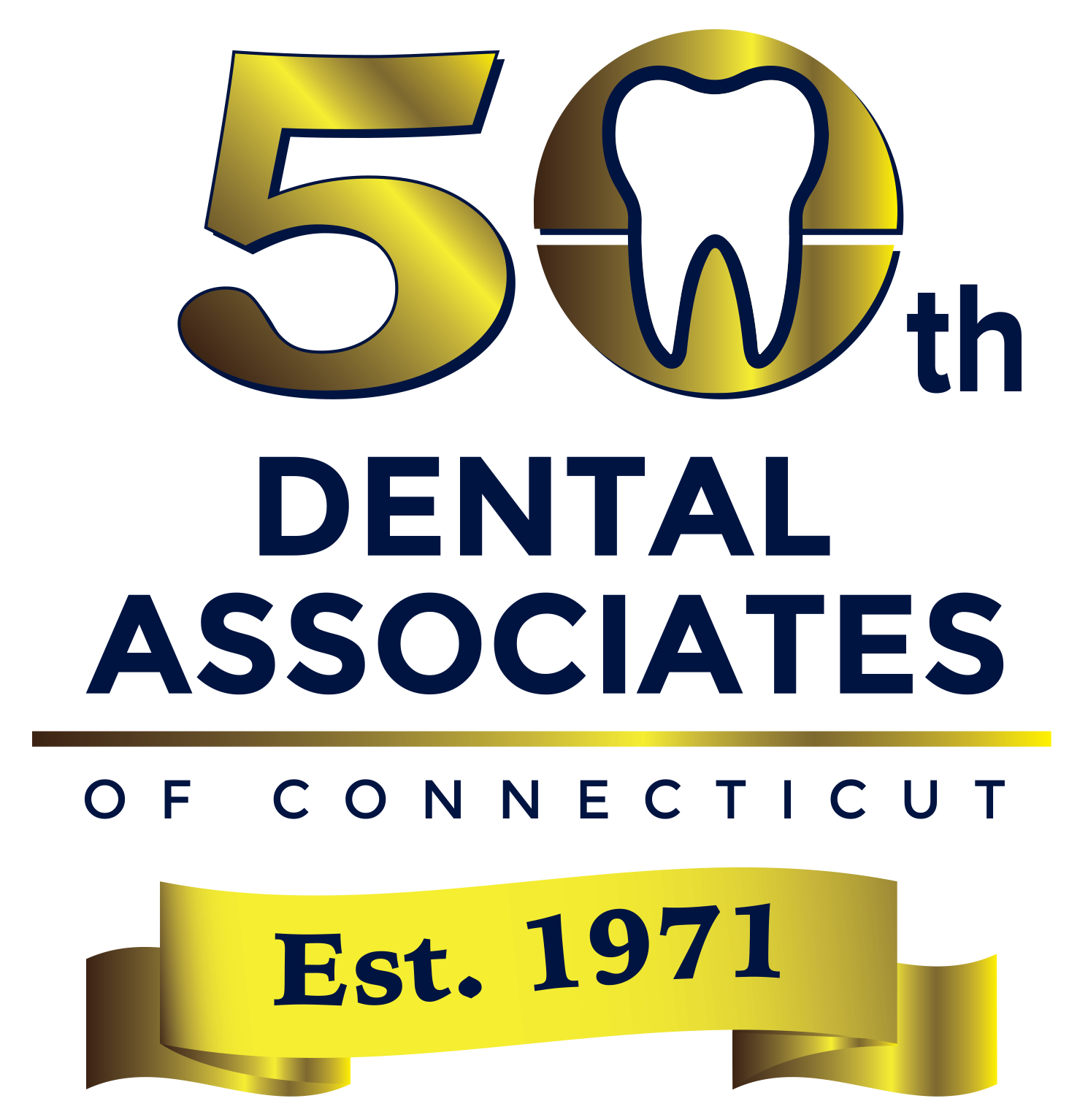You might know that February is National Children’s Dental Health Month, but did you also know that it’s been around for eighty years? It started in Ohio as a one-day event in Cleveland and a week-long event in Akron. The American Dental Association first observed Children’s Dental Health Day on February 8, 1949 and since then the concept has grown into a month-long nationwide program!
As part of our observance, we offer these 7 Facts Parents Should Know About Baby’s First Tooth, from our friends at the American Academy of Pediatrics.
1. Most babies’ first tooth appears between 6 and 12 months of age.
However, some babies might not have any teeth by their first birthday! Around 3 months of age, babies begin exploring the world with their mouth, may “drool” more or have increased saliva and start to put their hands in their mouth. Many parents question whether or not this means that their baby is teething, but a first tooth usually appears around 6 months old. Typically, the first teeth to come in are almost always the lower front teeth (the lower central incisors), and most children will usually have all of their baby teeth by age 3.
2. Fluoride should be added to your child's diet at 6 months of age.
Fluoride helps prevent tooth decay by hardening the enamel of teeth and is often added to tap water. Give your baby a few ounces of water in a sippy or straw cup when you begin him or her on solid foods (about 6 months of age). Speak with your pediatrician to see if your tap water contains fluoride or whether your child needs fluoride supplements. Fluoride is not typically found in most bottled water. See FAQ: Fluoride and Children for more information.
3. Massaging sore gums, offering something cold, or acetaminophen on an occasional rough night, can help a baby's teething pain.
Usually teething doesn't cause children too much discomfort. Still, many parents can tell when their baby is teething, as he or she may show signs of discomfort in the area where the tooth is coming in, the gums around the tooth may be swollen and tender, and the baby may drool a lot more than usual.
Parents can help ease teething pain by massaging their baby's gums with clean fingers, offering solid (not liquid-filled) teething rings, or a clean frozen or wet washcloth. If you offer a teething biscuit, make sure to watch your baby while he or she is eating it. Chunks can break off easily and can lead to choking. Also, these biscuits are not very nutritious and most contain sugar and salt.
A baby's body temperature may rise slightly when teething; however, most pediatricians agree that a true fever (temperature over 100.4 degrees Fahrenheit or 38 degrees Celsius) is not associated with teething and is actually a sign of an illness or infection that may require treatment. If your baby is clearly uncomfortable, talk with your pediatrician about giving a weight-appropriate dose of acetaminophen (e.g., Children’s Tylenol) or if over 6 months, ibuprofen (e.g., Advil, Motrin). Make sure to ask your pediatrician for the right dose in milliliters (mL) based on your child's age and weight.
Many children, however, will have no problems at all when their teeth come in!
4. Do not use teething tablets, gels with benzocaine, homeopathic teething gels or tablets, or amber teething necklaces.
Stay away from teething tablets that contain the plant poison belladonna and gels with benzocaine. Belladonna and benzocaine are marketed to numb your child's pain, but the FDA has issued warnings against both due to potential side effects.
In addition, amber teething necklaces are not recommended. Necklaces placed around an infant's neck can pose a strangulation risk or be a potential choking hazard. There is also no research to support the necklace's effectiveness. See Teething Necklaces and Beads: A Caution for Parents for more information.
5. You should brush your child's teeth twice a day with fluoride toothpaste.
Once your child has a tooth, you should be brushing them twice a day with a smear of fluoride toothpaste the size of a grain of rice, especially after the last drink or food of the day. Remember not to put your baby to bed with a bottle—it can lead to tooth decay.
Once your child turns 3, the American Academy of Pediatrics (AAP), the American Dental Association (ADA), and the American Academy of Pediatric Dentistry (AAPD) recommend that a pea-sized amount of fluoride toothpaste be used when brushing. When your child is able, teach him or her to spit out the excess toothpaste. It is best if you put the toothpaste on the toothbrush until your child is about age 6. Parents should monitor and assist their child while brushing until he or she is around 7 or 8 years old. When your child can write his or her name well, he or she also has the ability to brush well.
6. Ask your pediatrician and pediatric dentist about your baby's teeth and fluoride varnish.
During regular well-child visits, your pediatrician will check your baby's teeth and gums to ensure they are healthy and talk to you about how to keep them that way. The AAP and the United States Preventive Services Task Force also recommend that children receive fluoride varnish once they have teeth. The varnish can be applied in the dental office by your child’s pediatric dentist. The earlier your child receives fluoride varnish the better to help prevent tooth decay.
7. Make your first dental appointment when the first tooth appears.
Try to make your baby's first dental appointment after the eruption of the first tooth and by his or her first birthday.
Both the AAP and the AAPD recommend that all children see a pediatric dentist and establish a "dental home" by age one. A pediatric dentist will make sure all teeth are developing normally and that there are no dental problems. He or she will also give you further advice on proper hygiene. If you don't have a pediatric dentist in your community, find a general dentist who is comfortable seeing young children.

About Dental Associates of Connecticut
Founded in 1971 and celebrating its 50th anniversary in 2021, Dental Associates of Connecticut is a privately owned Dental Care Organization with locations throughout the state such as Danbury, New Milford, Newtown, Shelton, Monroe and Fairfield, offering general dentistry and specialty services such as pediatric dentistry (as Dental Associates KIDS), cosmetic dentistry, orthodontics and Invisalign®, oral surgery, endodontics and periodontics. For more information visit dentalassociates.us.



